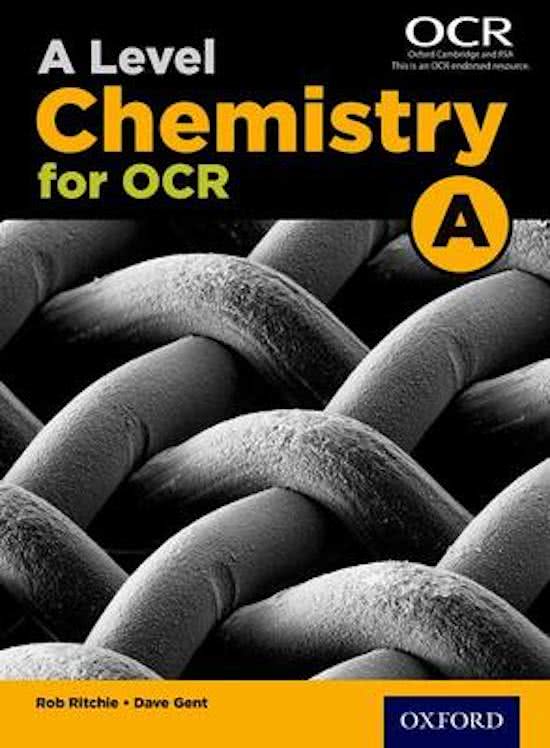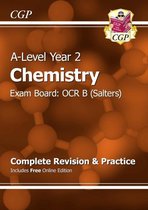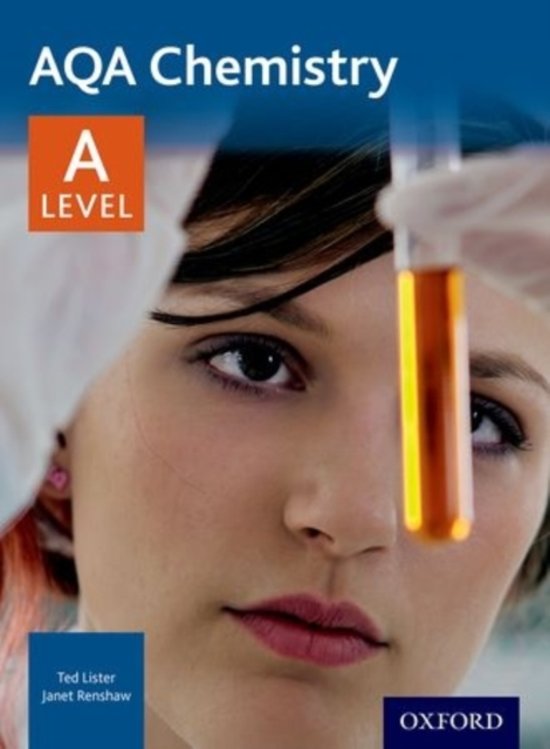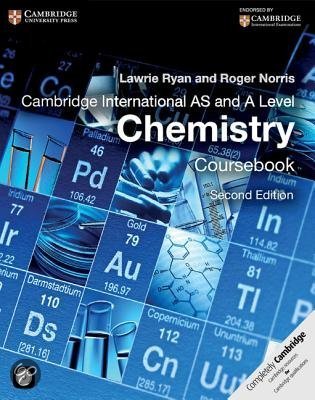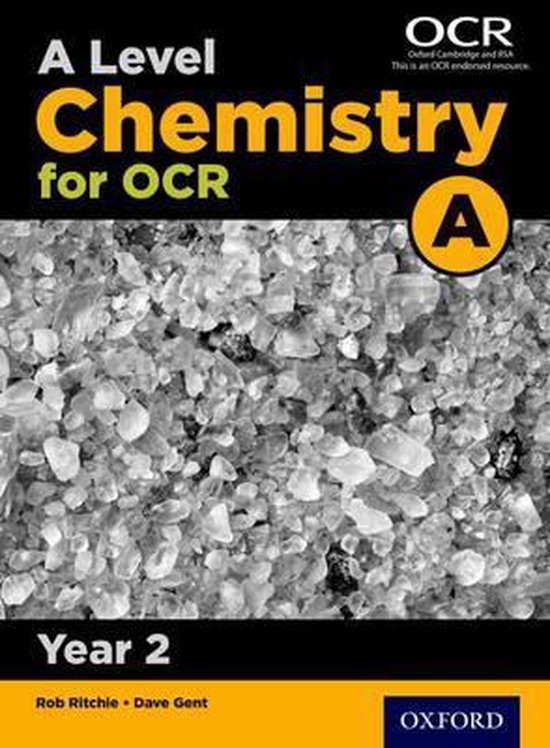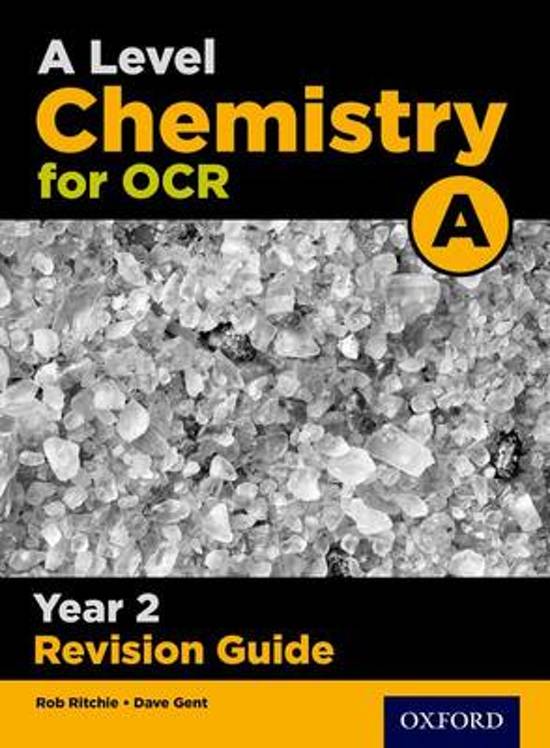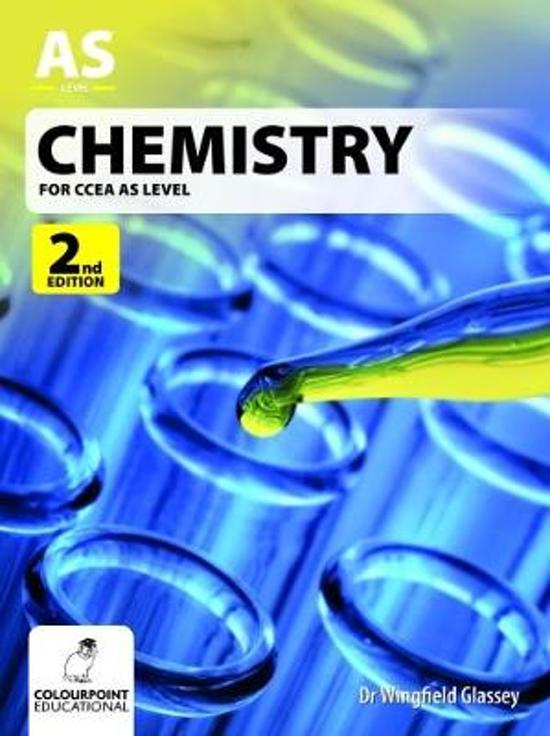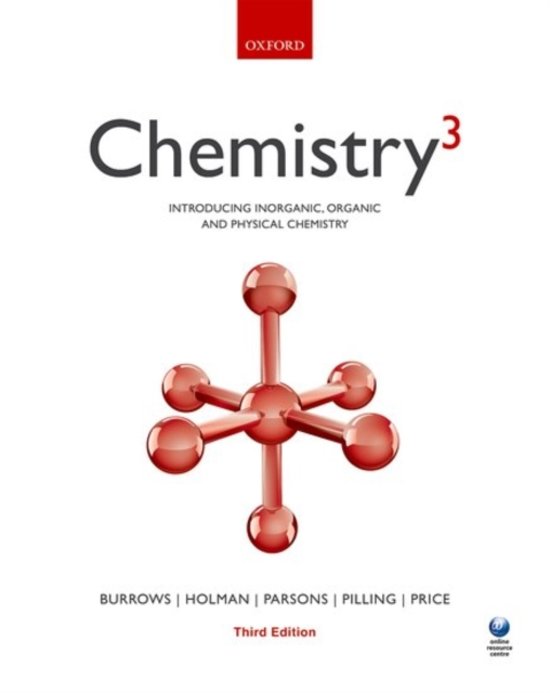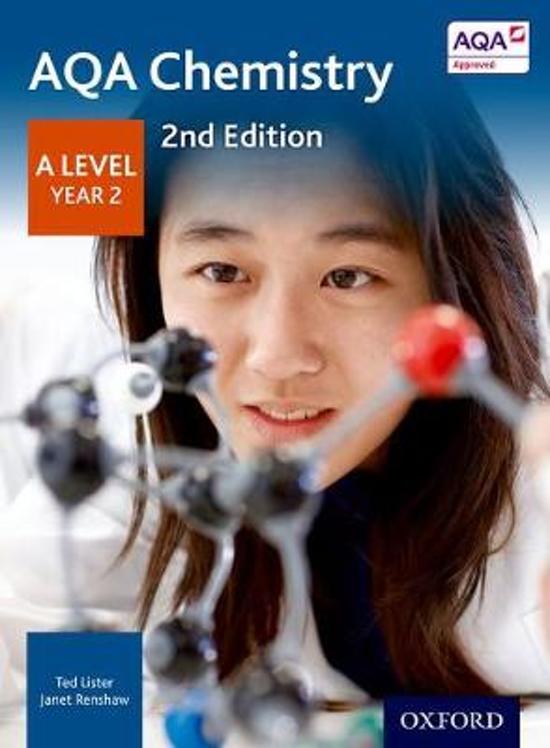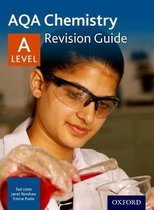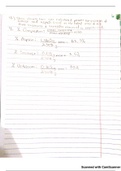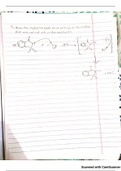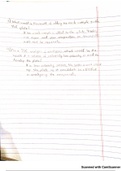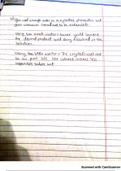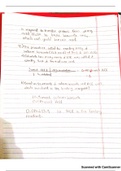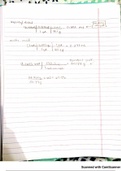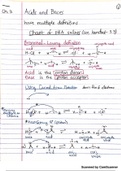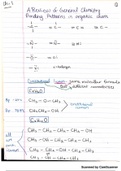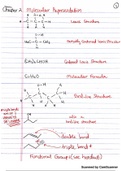Chemistry Study guides, Class notes & Summaries
Looking for the best study guides, study notes and summaries about Chemistry? On this page you'll find 10 study documents about Chemistry.
Popular textbooks 'Chemistry' · Show all (15)
Rob Richie, Dave Gent
87 documents
Cgp Books
129 documents
Paul Flowers, Klaus Theopold, Richard Langley, Edward J. Neth, William R. Robinson
38 documents
Ted Lister, Janet Renshaw
42 documents
Lawrie Ryan, Roger Norris
83 documents
Dave Gent
53 documents
Rob Richie, Rob Richie
39 documents
Theodore L. Brown, H. Eugene LeMay Jr., Bruce E. Bursten, Catherine Murphy, Patrick Woodward, Steven Langford, Dalius Sagatys, Adrian George
32 documents
Martin Silberberg, Dr.
45 documents
Dr Wingfield Glassey, Dr Wingfield Glassey
20 documents
Andrew Burrows, John Holman
19 documents
Ted Lister, Janet Renshaw
21 documents
Emma Poole
27 documents
All 10 results
Sort by


